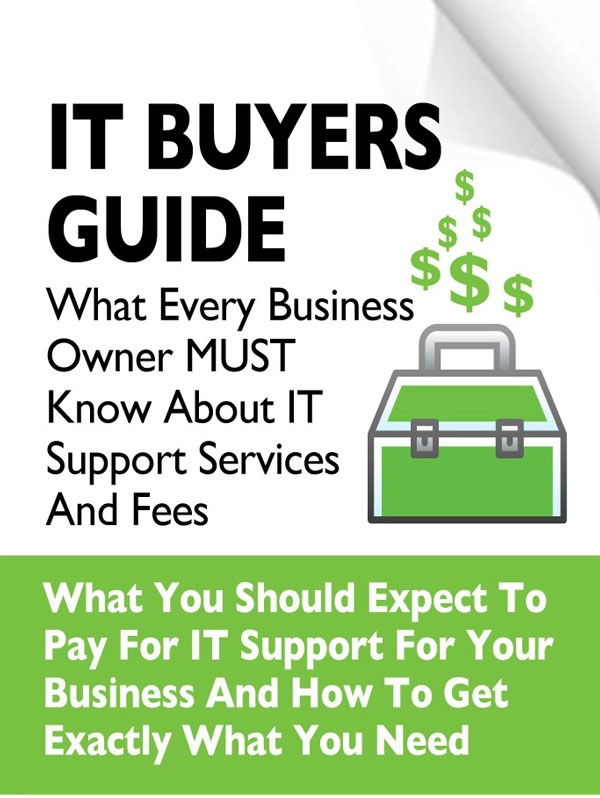If you want to increase collaboration, productivity, and security all while keeping costs down, the cloud is the perfect solution. But if you’re not careful, hidden charges can creep up on your monthly bill, preventing you from truly reaping the benefits of the cloud. Fortunately, there are some things you can do to bring these costs down.
Don’t go for standalone services
Standalone services are the biggest price trap in the cloud. Spending on a standalone cloud software may seem harmless now, but if you decide to purchase similar services, the costs can quickly pile up. Then, there’s the issue of integrating these systems together, which costs even more time and money.
The best way around this is to find a service provider that offers a suite of products that work seamlessly together. Platforms like Office 365 or G Suite are great examples, and offer you differently priced packages based on the size and requirements of your business.
Team up with integration experts
If you do need to subscribe to a standalone service, you’ll want to integrate it with the rest of your cloud platform. But if you have limited experience with integrations, mistakes are likely to happen and cause downtime, which will inevitably cost you time and money.
The more economical option is to partner with a cloud integration expert, as they can quickly configure and deploy your systems with zero mistakes.
Understand cloud backup costs
While cloud backups are great for keeping your data secure, you must know how much you’re paying for them. If you plan on storing your data for a long time, you may be charged more. At the same time, if you store more versions of your data, it will cost you more.
One way you can keep costs down is to ask yourself whether certain files even need to be stored in the cloud. Mission-critical files like customer information, legal document, and business plans should be stored in the cloud so you can retrieve them right away after a disaster, but routine documents like timesheets can probably be stored in less expensive data centers.
Remove unnecessary accounts
Most cloud service providers charge you based on the number of users per month, so if you’re not diligent about removing accounts when employees have left your company, you could be throwing your money down the drain.
To avoid this, you need to have deprovisioning procedures in place for when an employee’s contract is terminated. Create a spreadsheet of each employee in your payroll and note down their cloud subscriptions. When an employee leaves your company, you must delete all their business accounts and give the relevant manager access to all their documents.
It’s also a good idea to schedule regular audits to make sure you’re not paying for people who’ve already left your company.
Work with a trustworthy provider
Last but not least, you’ll want to partner with a cloud services provider that not only gives you the best deals on cloud solutions, but also proactively monitors your account and warns you about any issues regarding the computing resources and storage space you’re using.
If you’re looking to keep cloud costs under control, talk to us today. We’re certified and experienced with all aspects of cloud technology, and we can show you how you can truly benefit from it.


You must be logged in to post a comment.